Legrand Cable inlet
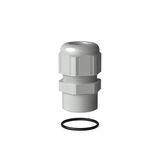
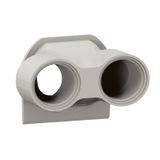

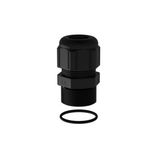


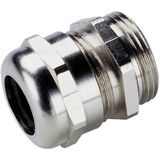
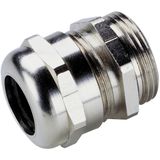

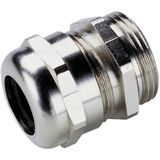
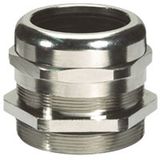
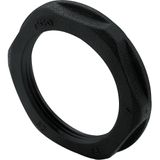
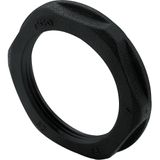


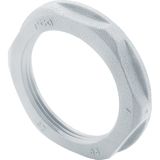

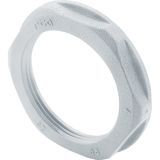

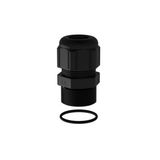



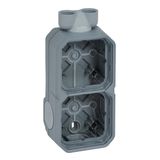

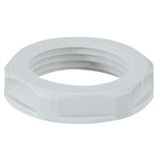



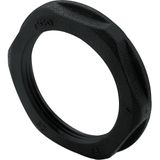
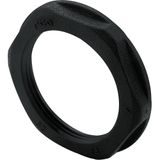
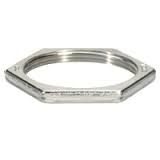



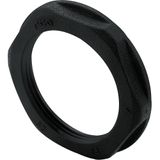
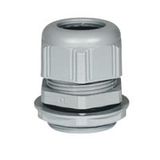
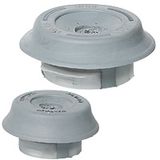

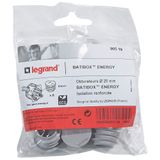
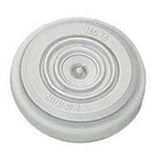




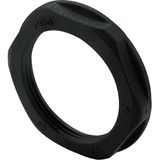




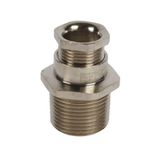


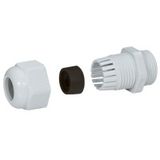


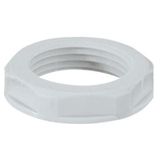
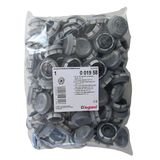
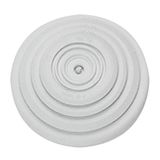

Legrand Cable Inlet – Secure Entry Points for Professional Cabling
When you specify cabling for enclosures, switch-cabinets or outdoor installations, the Legrand cable inlet category is the backbone of a reliable wiring system. These are the real entry points—glands, sealing entries, strain relief systems—which ensure cables pass through walls or panels safely, meet IP/IK ratings and maintain long-term performance. Legrand’s cable gland documentation shows models rated IP68 with clamping ranges and robust material design.
In procurement or systems design, choosing Legrand for cable inlets simplifies spec-bundles: you get matching threads, sealing rings, strain-relief geometry and documented performance—all from one brand.
Legrand Cable Glands – The Core of Cable-Entry Protection
Under the keyword legrand cable glands, you’ll find the main body of the category: threaded glands in plastic or metal, sealed entries rated IP66/68, clamping capacities from a few mm up to 30+ mm. For example: “Cable gland plastic IP68 PG36 RAL 7035” from Legrand shows a clamping capacity of 22–32 mm and IP68 protection.
From a specifier’s perspective: key decisions include thread type (ISO vs PG), clamping diameter, material (PA vs brass), ingress rating, and whether the gland provides strain-relief or just sealing. Use Legrand’s range to standardise across projects.
Legrand Sealing Cable Entries – Maintaining Enclosure Integrity
The term legrand sealing cable entries refers to solutions where the goal is not only to hold the cable but to preserve the enclosure’s protective rating (IP/IK). In other words: the cable enters but the enclosure stays sealed. Legrand’s catalogue emphasises that their glands achieve full ingress protection and vibration resistance.
From a practical installation viewpoint: confirm the seal type (flat gasket, O-ring), check whether the gland includes locknut or not, and ensure the thread matches the enclosure cut-out (M16, M20, M25, M32, M40 etc). Choosing Legrand ensures the sealing performance is tested and documented.
Legrand Strain Relief Connectors – Protecting the Cable Under Load
When cables are subject to tension, vibration or movement, you need strain relief. Under the keyword legrand strain relief connectors, you’re looking at glands or special mounts that grip the cable so that mechanical load doesn’t transfer into the connection or enclosure. Legrand documentation mentions “locking part made of flexible lamellas exerting strong pressure on the cable and giving optimal tensile strength”.
For initial selection: evaluate the tensile test values (N), the clamping geometry, whether the cable is fixed or can move, and ensure material durability (temperature, UV, chemical). Using Legrand strain relief solutions means one brand covers both sealing and mechanical protection.
Legrand Cable Entry Systems – Modular & Scalable Solutions
For more complex installations—multi-cable entries, data trunking, large-bundle panels—the keyword legrand cable entry systems covers modular frames, multi-hole plates, grommets and cable inlets that group many cables intelligently. While Legrand’s main focus is glands, their broader installation accessory range covers cable entry systems combining sealing, strain relief and mechanical organisation.
In specification for large cabinets: define the number of cables, bundle diameter, space for future expansion, front/rear access, and layout. Choosing Legrand cable entry systems means you can integrate the gland, the panel interface and the cable-management structure under one standard.
Buyer Checklist & Specifier Guidance
- Thread & cut-out match: Define the thread size (M20, M25, M32, PG36 etc) to match enclosure hole and locknut compatibility. Legrand offers all major sizes.
- Clamping diameter & cable count: Check the range the gland supports (e.g., 22-32 mm for PG36) so future-proof cable upgrades are possible.
- Material & environment: Choose plastic (PA) for standard indoor use; brass or metallic for elevated mechanical or thermal stress. Ensure IP rating suits the installation environment (IP66/68 for outdoor).
- Sealing & strain relief: Verify that the gland protects ingress AND secures cable movement—looking for lamella grip design, gaskets or O-rings.
- Standardisation & spares: Using Legrand for all cable inlets means fewer part numbers, consistent spare modules, and simplified training.
- Common mistakes to avoid: Fitting a gland with the wrong thread type leads to water ingress; neglecting strain-relief means cable fatigue; mixing brands loses uniformity and complicates spares.